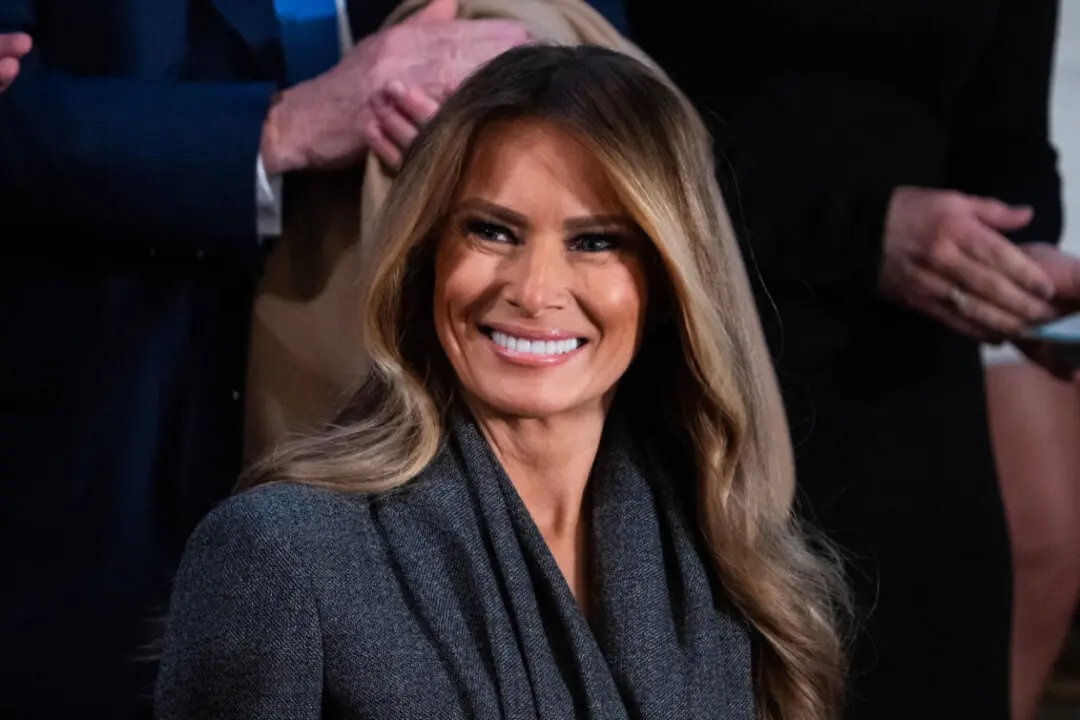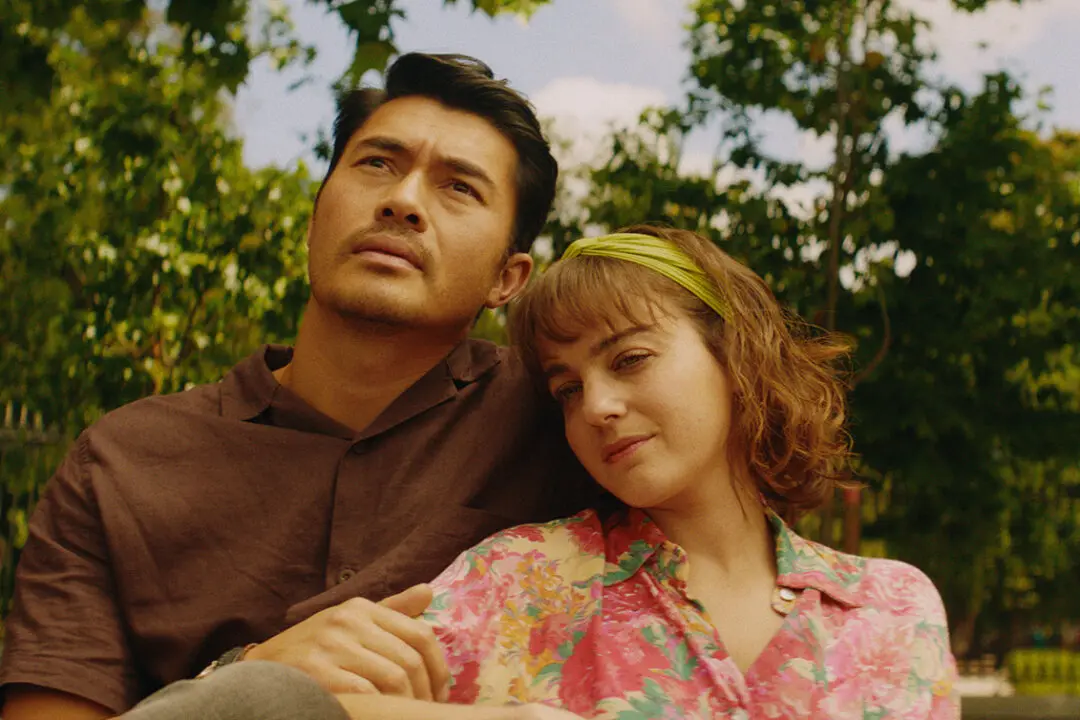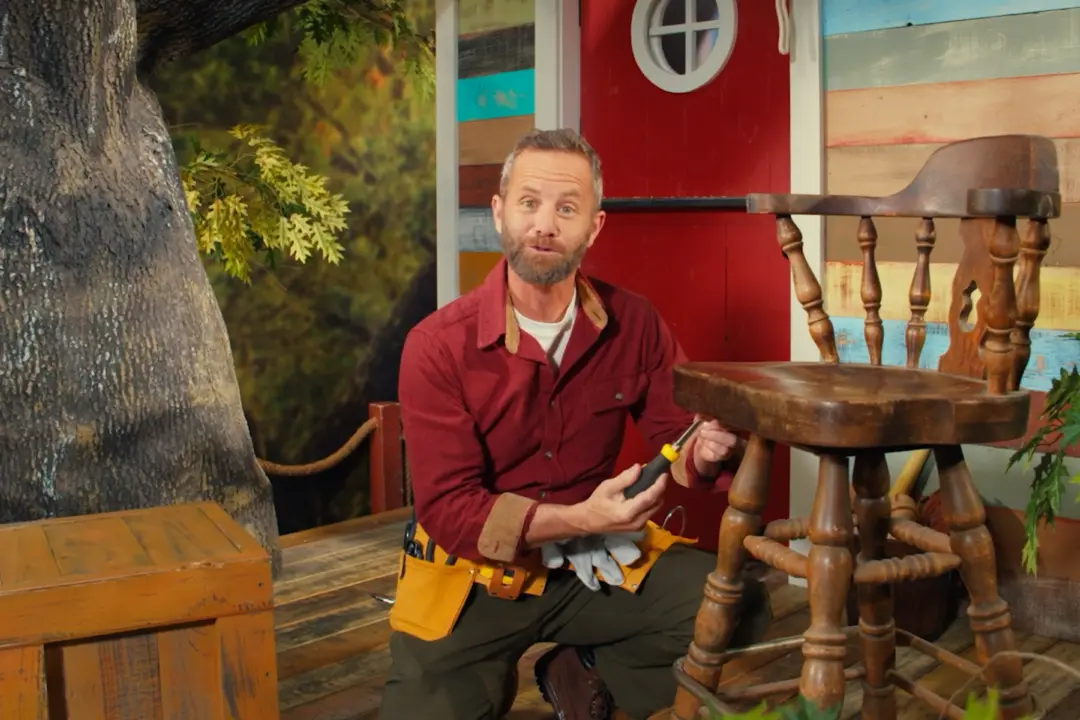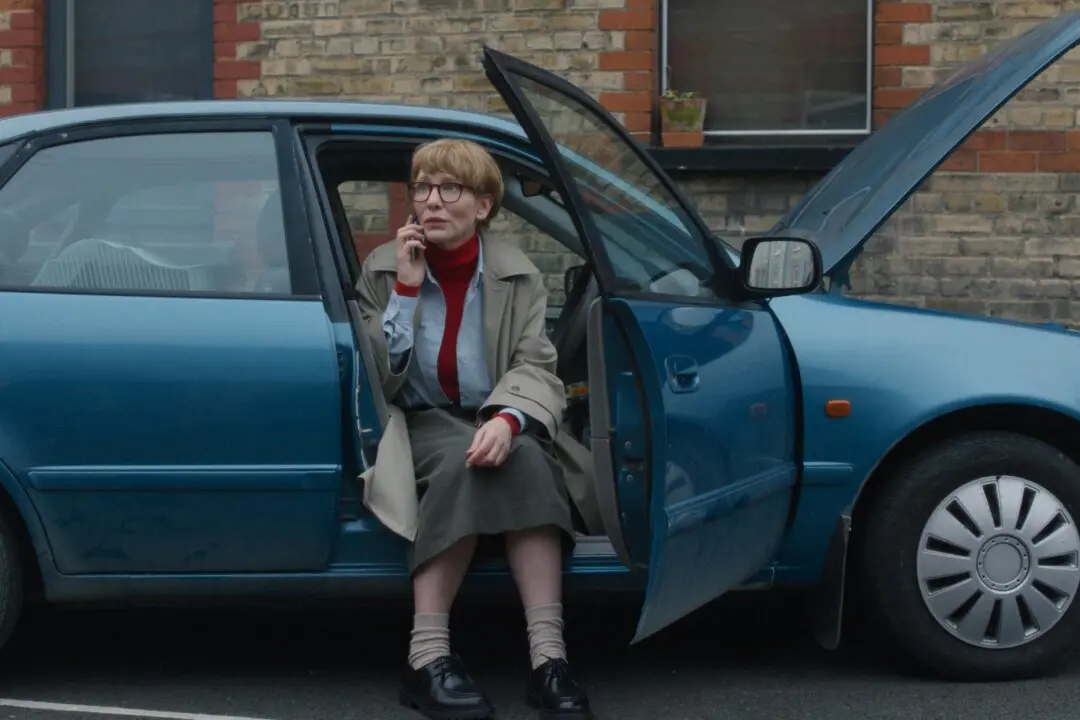While not nearly as deadly or widespread as the coordinated attacks of Sept. 11, 2001, the bombing of the Boston Marathon on April 15, 2013, nonetheless shook the nation to its core while reminding us that evil never rests; it only takes breaks.
TV Docuseries Review: ‘American Manhunt: The Boston Marathon Bombing’
A well-intended message botched by too much content
|Updated:
Originally from the nation's capital, Michael Clark has provided film content to over 30 print and online media outlets. He co-founded the Atlanta Film Critics Circle in 2017 and is a weekly contributor to the Shannon Burke Show on FloridaManRadio.com. Since 1995, Clark has written over 5,000 movie reviews and film-related articles. He favors dark comedy, thrillers, and documentaries.
Author’s Selected Articles





